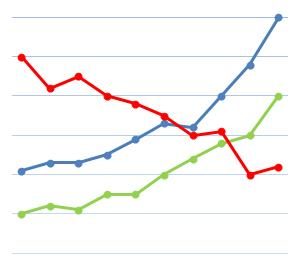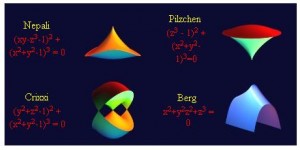After having fun exploring rigid and non-rigid frames, I hung one of our indeterminate quadrilaterals up on the board. The next day, we were proving a theorem about orthodiagonal quadrilaterals, and the final step concluded that a particular quadrilateral was actually a rectangle.
I found a cute little spot to finish our proof.
This elicited a few laughs from students who appreciated the irony.
But apparently, some students in a later class did not appreciate it. They felt the need to chime in.
As a general rule I must oppose mathematical graffiti, but it’s hard not to respect their position.




